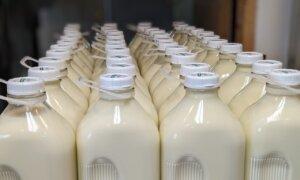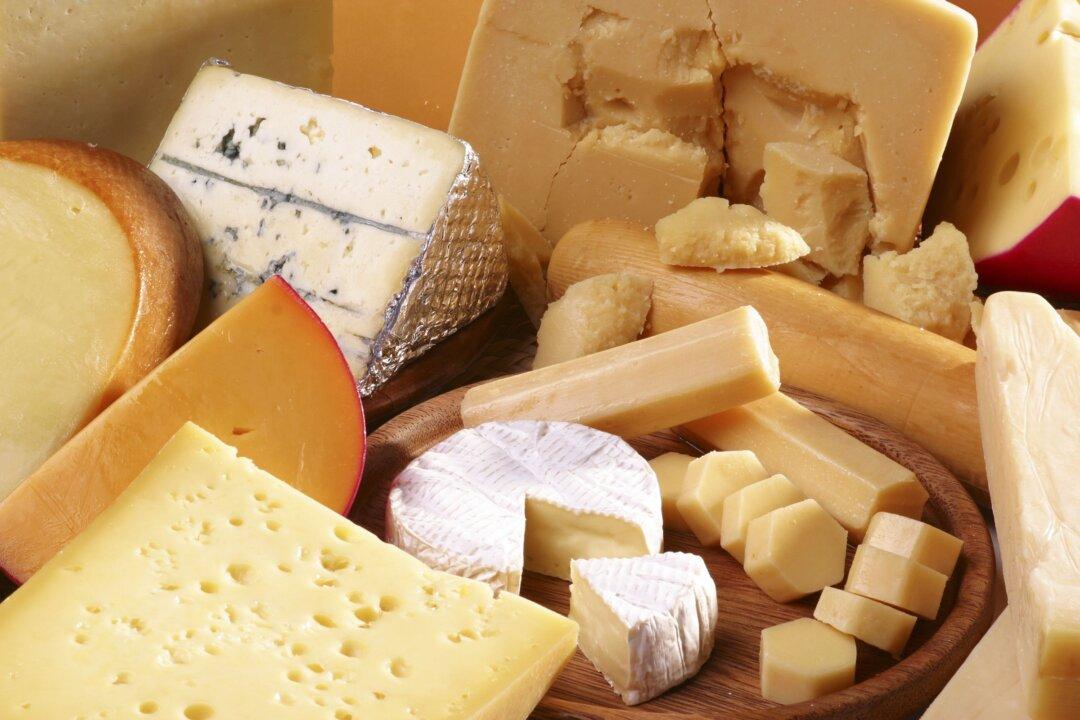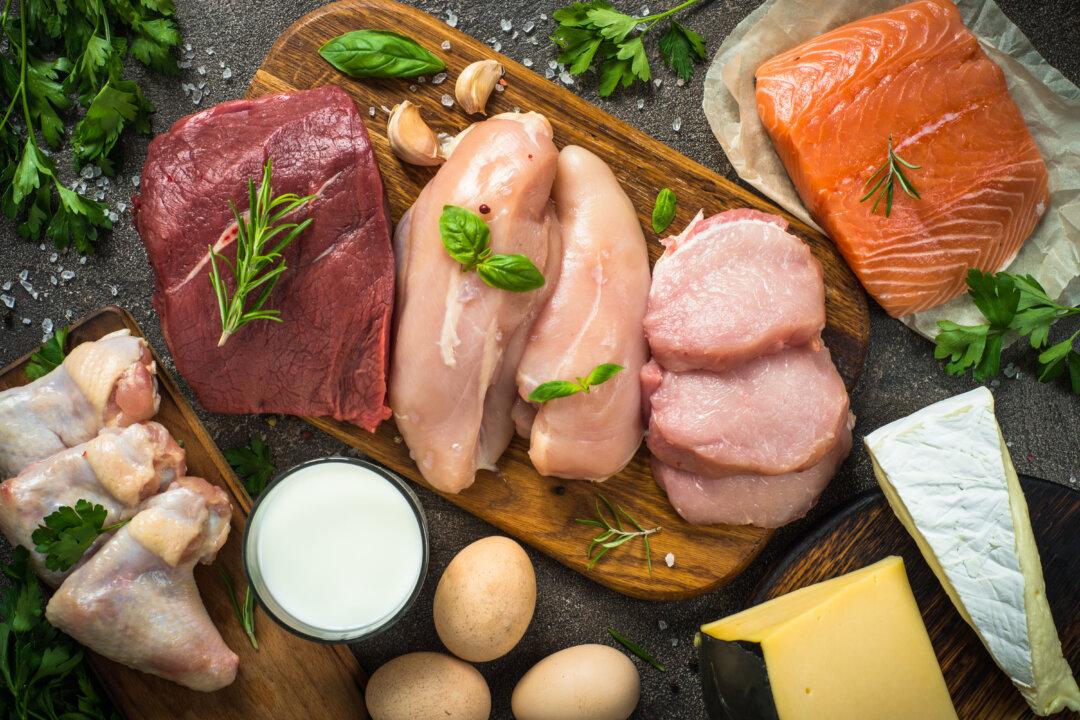Listeria most commonly occurs in deli meats, seafood, raw vegetables, soft cheeses, and poultry. But the 1983 outbreak was different. It came from pasteurized milk. Health officials isolated listeria from the raw milk that came into the pasteurizing plant. “At the plant where the milk was processed, inspections revealed no evidence of improper pasteurization.” The officials were perplexed but noted that “L monocytogenes is quite resistant to heat. ... The ability of L monocytogenes to exist as an intracellular parasite may have increased likelihood that some organisms survived pasteurization ...”
They came to an interesting conclusion, “These results ... raise questions about the ability of pasteurization to eradicate a large inoculum of L. monocytogenes from contaminated raw milk.”
The Arrival of Factory Farming
Something else was going on during those years—dairy farms were getting bigger. Consolidation began in the 1930s with pigs and in the 1950s with chickens. In the 1970s, agriculture secretary Earl Butz told farmers to “get big or get out,” and by the mid-1980s, this trend was in full force. “Get big or get out,” also meant, “Get inside.” The U.S. Department of Agriculture was advising dairy farmers to “become more efficient” by keeping their cows in barns and feeding them grain.Large amounts of grain are not a natural diet for cows, nor is it natural for cows to live in close quarters with no way of distancing themselves from their fresh manure. To keep the cows alive in such conditions of filth, antibiotics became necessary. It was a recipe for antibiotic resistance and stronger, mutated pathogens.
With the outbreaks of the mid-1980s, the dairy industry realized that under these new conditions, pasteurization was not working. Unfortunately, their solution to the problem was not to go cleaner, but to go hotter. Enter UHT—ultra-high temperature processing.
Old-fashioned, “low-temperature” pasteurization takes milk to 150 F—hot enough to destroy most of the enzymes in milk, many of which protect against pathogens, while others attach to vitamins and minerals in order to make them easy to absorb. High-temperature pasteurization (also called flash pasteurization) takes milk to 161 F, hot enough to kill all the enzymes and denature some of the proteins.
Ultrapasteurization takes milk to 284 F—hotter, much hotter, than the boiling point—by rushing this most fragile, delicate food past superheated stainless steel plates. The process kills bacterial endospores—tough, dormant structures produced by many pathogens, which allows them to “hibernate” and come back to life when conditions are sufficiently favorable (such as the small intestine). The process also kills everything else, including nutrients, enzymes, and proteins.
UHT milk comes packaged in aseptic, sterile containers—it needs no refrigeration and has a shelf life of six to nine months—a boon to retailers. The process was developed in Europe—I remember seeing stacks of these aseptic containers in supermarkets in France when I lived there in the early 1980s and wondering why anyone would buy milk that didn’t spoil.
In the early 1990s, the Italian company Parmalat introduced its UHT milk to the United States. American consumers resisted purchasing unrefrigerated milk, so the industry packaged it in traditional containers and sold it from the refrigerator aisle.
All four techniques (even freeze-drying) caused “various degrees of redox state imbalance and oxidative damage in plasma, liver, and brain tissues.” Feeding damaged milk proteins to rats resulted in learning and memory impairment—why would any parent want to give UHT milk to their kids?
The researchers concluded that “... humans should control milk protein oxidation and improve the processing methods applied to food.”
Most milk sold today in supermarkets is UHT milk—even organic milk is UHT. But it is not used in fermented products—check the labels for sour cream or cheese. These products are made from pasteurized—not UHT milk—most likely because UHT milk is so dead that it will not ferment. That’s another way of saying that UHT milk is indigestible, as fermentation is a form of digestion.
How to Find Good Old-Fashioned, Unprocessed Milk
The public is wising up to the problems of consuming ultra-processed food, and UHT milk is by any definition an ultra-processed food. This may be why sales of raw milk are booming. The website realmilk.com receives more than 320,000 visits per month, mostly to the Raw Milk Finder page. The site lists 3000 sources of raw milk in the United States and there are many more dairies that choose not to be listed—yet raw milk farmers are reporting that they can’t produce enough to meet the demand. Raw Farm in California provides raw milk products from a herd of 1,200 cows, and they sell it all.My prediction: Within 20 years UHT milk will be a thing of the past, recognized as a misuse of technology, a rust belt solution that ruins the goodness of Nature’s perfect food. We have many elegant technologies today—stainless steel, on-site testing, a national cold chain, and moveable electric fencing that makes grazing feasible—which allow us to get clean raw milk safely to every person in America. “Get bigger, go hotter” is not the future. The future is small and medium grass-based farms selling raw milk directly to grateful customers.






